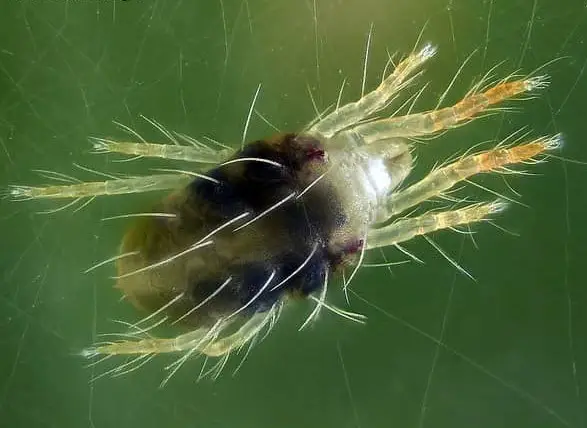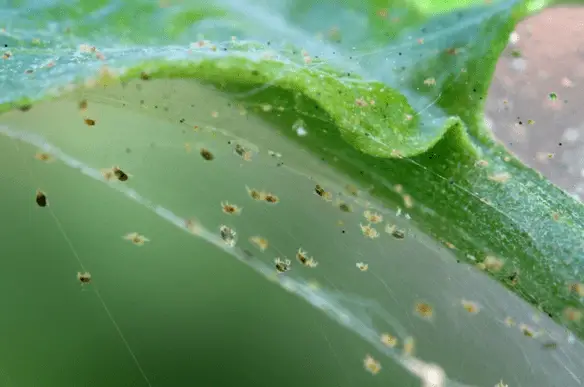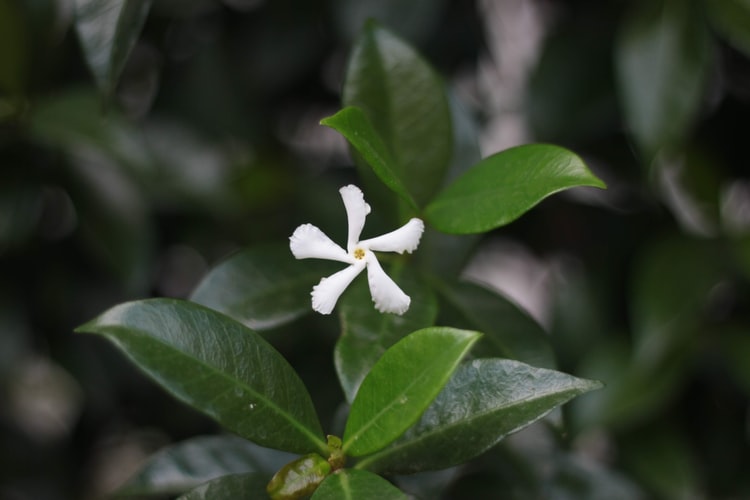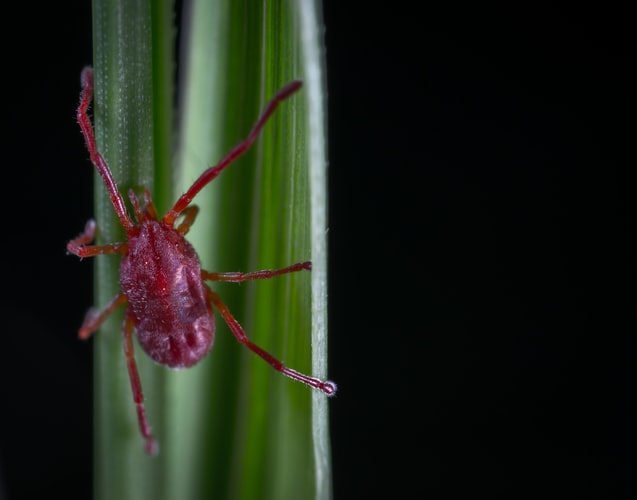Mint is one of the most popular herbs out there that people love to grow. That is because it is easy to grow, always keeps its surroundings smelling fresh, adds beautiful scenery to gardens, and is an essential herb in the kitchen.
It hurts a little to see any of your plants sick. So, in this article, I will introduce to you what leads mint leaves to turn black, how to treat them, and how to prevent this from ever happening again.
Table of Content
- Causes of Black Mint Leaves
Causes of Black Mint Leaves
There are different reasons why your mint leaves are turning black. Depending on how you treat your plant, you’ll be able to identify which of the following reasons might have caused this to your mint plant.
1. Excessive watering is the main reason for black mint leaves
It is a known fact that mints love moisture. Even though it likes humidity, we need to control how much water we use. It is always a good idea to not excessively water any type of plant.
Over-watering mint will cause the water to accumulate and the soil will be saturated. This will not allow the mint’s roots to breathe and eventually cause root rot.
You can learn more about how excessively watering plants can impact your plant in this article: Can too Much Water Kill your Plant?
How to save your mint plant from excessive water
When this happens, loosen the soil and move the plant to a bright and well-ventilated place. That is to promote the evaporation of water in the soil. Do not water your mint plant until the soil is completely dry.
However, if the soil is too damp and you live in a humid region, you can try to remove the mint plant from the soil, trim off the rotten roots, and plant it in brand-new, dry soil. Do not water it for a couple of days to let the roots breathe again.
Read more: How to Grow Hibiscus in Water Without Soil – Hydroponic Method
2. Light, Temperature, and Ventilation Are Necessary for Mints to Grow
Mint leaves may turn black when the weather is too hot with no proper ventilation. Keeping your plant in a hot and humid environment will affect its growth by causing the leaves to turn black and rot.
Light is another important factor in the healthy growth of mints. Since mints are sun lovers, we always need to make sure it gets enough sun exposure it needs. When the environment is too dark, the leaves turn black.
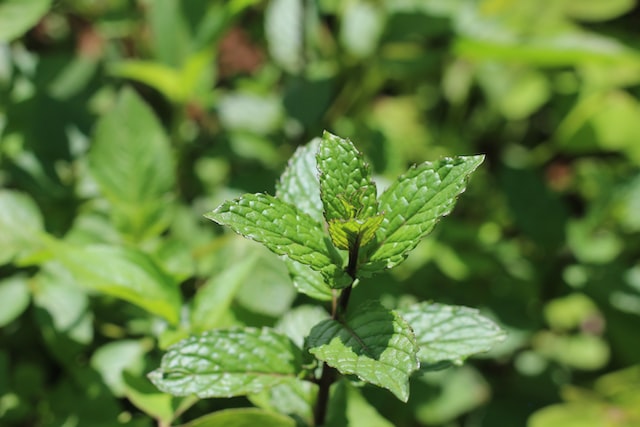
What you need to do:
Direct summer sun exposure may harm your mint crop. So, during the summer heat, make sure to either provide a sunshade net or move to an area where it can get either morning sun exposure or late afternoon sun exposure. That is to avoid the burning-direct sun rays.
As I mentioned earlier, mints love air and proper ventilation. Start off by removing all the harmed leaves by cutting them off properly without causing wounds to the plant. Then, move it to a well-ventilated environment, or move it outside at least 2 hours a day.
3. excessively fertilizing your plants is never a good choice
Mints are easy to grow; they do not require many nutrients. The only time you should feed your mint plant and that would be at the beginning when you first plant it. Fertilizers are rarely used during the growth period.
Excessive use will lead to burnt roots, and the leaves turn black. But don’t worry, as long as you notice the issue early, you can save your precious baby.
What to do when you over-fertilize mint plants
Remove the plant from the pot as soon as you notice you used too much fertilizer. Then wash the roots carefully to remove the old remaining soil. After that, cut off the rotten rots if you found any.
Once that is done, place your plant in new fresh soil without any fertilizer for about a week.
4. Black mint leaves can be caused by diseases
Some diseases and viruses can turn the mint’s leaves black once infected. Rust and blight are the most common diseases which are caused by fungi. You can identify the disease by noticing black spots on the surface of the leaves.
In severe cases, the leaves will also wither and fall. You can spray your mint with a Bordeaux mixture.
Rust
Rust disease is caused by a type of basidiomycetes bacteria that damage the leaves and stems of plants. This disease is one of the main causes of black leaves. Rust usually occurs from May to June when there is excessive drought or continuous rain.
At the beginning of the rust disease, orange-yellow powdery spores appear on the back of the mint leaves. And then in its late stages, dark brown powdery spores appear in the middle of the leaves. In severe cases, the leaves start to fall off and the whole plant starts to wither.
How to save the Mint plant from rust disease
- you can start off by removing the infected leaves and moving them away from any other plant.
- Use liquid diuretic sodium or agricultural streptomycin sprayer (make sure to read the instructions on the product carefully before usage)
Key tips on how to maintain a healthy growth of mints
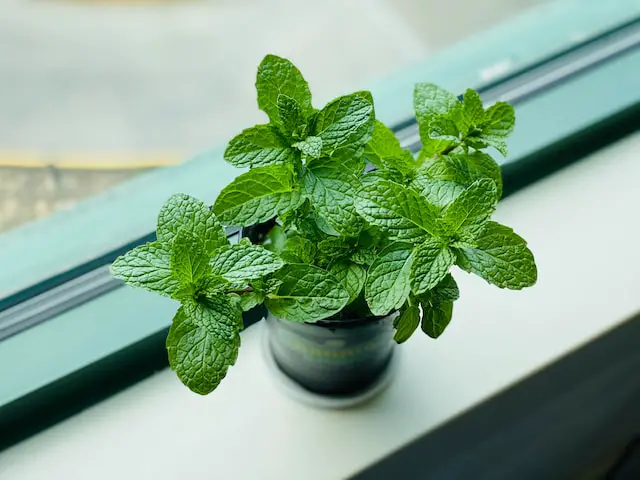
1. Watering
As I mentioned earlier, over-watering your mints can be very risky. If you are unable to maintain a schedule for watering your mints, just follow the simple rule of watering only when the soil is dry. If the soil is still a bit damp, don’t water it.
To be more nature-friendly, you can water your plants using rice water (water obtained from washing your rice). This way you’ll save water and provide some nutrients to your plant.
2. Light & Ventilation
If your mint plant is placed indoors, try to seek the brightest area to place it in. You also must keep the room ventilated. Open the windows for at least 30 minutes per day.
During summer, avoid direct sunlight as it can burn the plant and eventually kill it.
Read more: How and When to Prune Gardenia
3. Prune your mint plant regularly
Like any other plant, mint also needs to be pruned on regular basis. It is best to prune it once a week by cutting off old leaves, and dead stems. After that, you need to make sure to place it in a bright place to heal and grow new shoots.
Read more:

